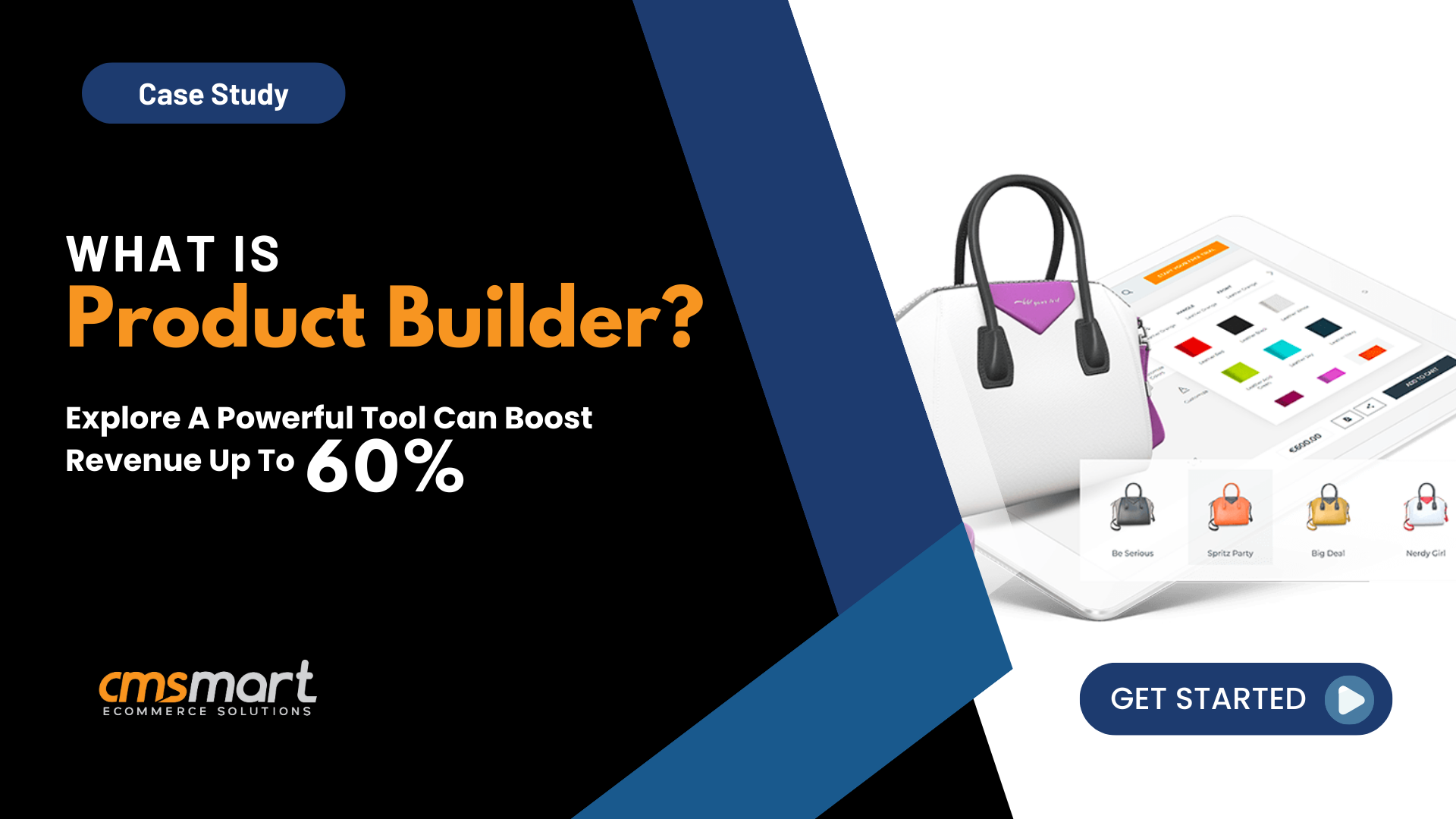In a digital age where the online presence of your printing business is paramount, the design of your website sets the stage for success. Enter CMSmart's newest breakthrough: Printshop Themes. Meticulously curated and expertly crafted, these themes are poised to redefine how you present and market your printing services on the web. Printshop Themes from CMSmart are designed to cater to a wide range of businesses and professionals within the printing industry. Here are some...
Most common reasons for Shopping Cart abandonment Mandatory account creation Creating an account requires additional effort, which may not be appreciated by consumers who are only interested in making a single purchase. However, businesses often require account creation to utilize email marketing and increase potential customer leads. Customers who are making their first purchase may be reluctant to share their email addresses or allow the company to store their credit card information. From the customer's perspective, creating...
Product Builder is the key to Zara’s 20% annual sales growth, and it could be the secret to unlocking massive revenue growth for your business as well. You’ve probably heard of customization in e-commerce, but what is it that makes Product Builders so effective in boosting revenue, customer engagement, and overall business success? In this article, we’ll delve into the mechanics of a Product Builder, uncover its business advantages, explore real-world case studies, and...
Recently, we discovered how client loving working with us by their 5 star recommedation





















